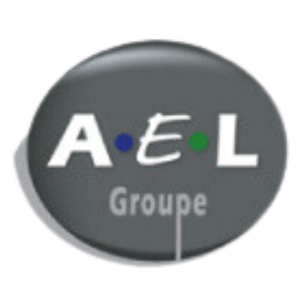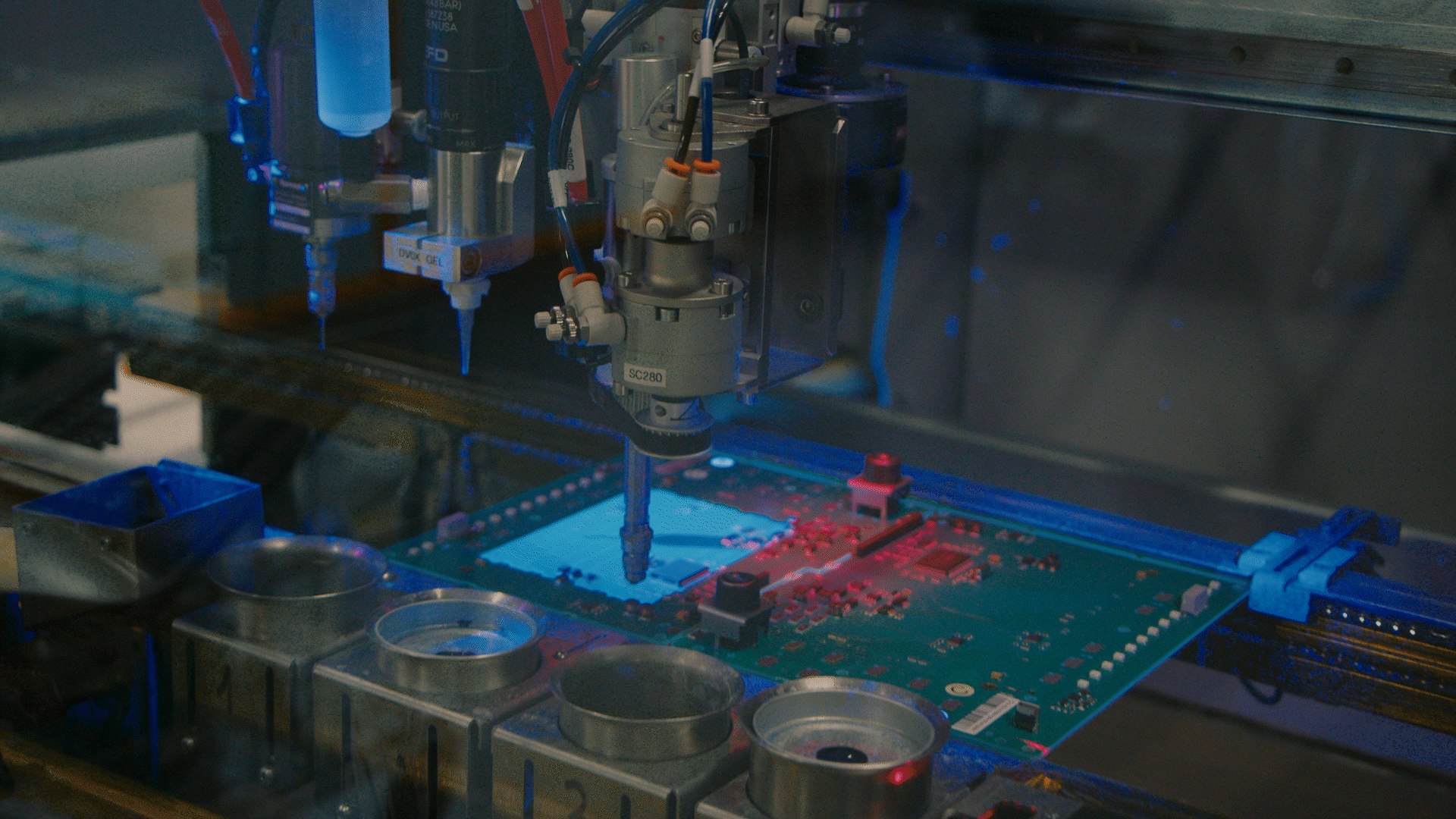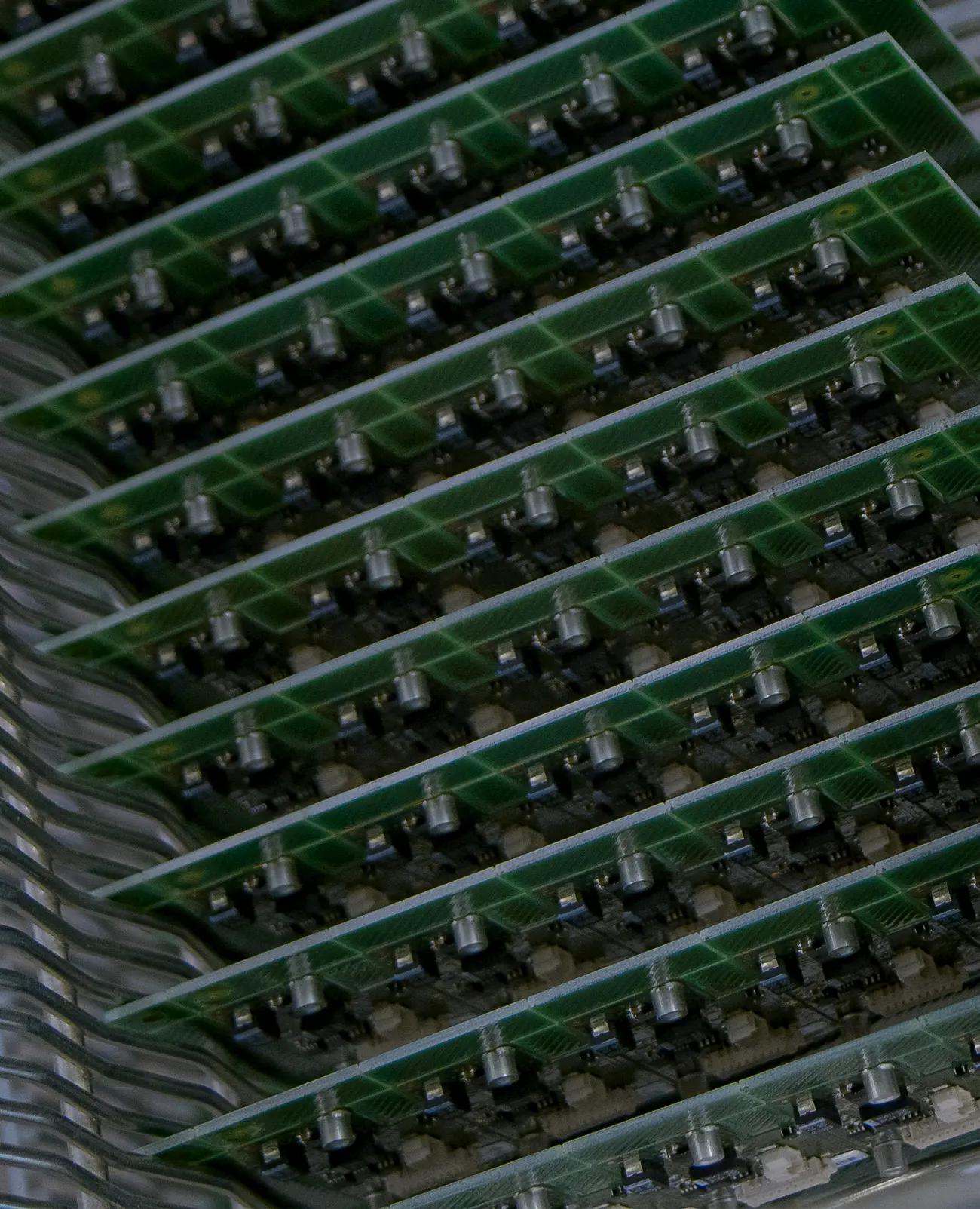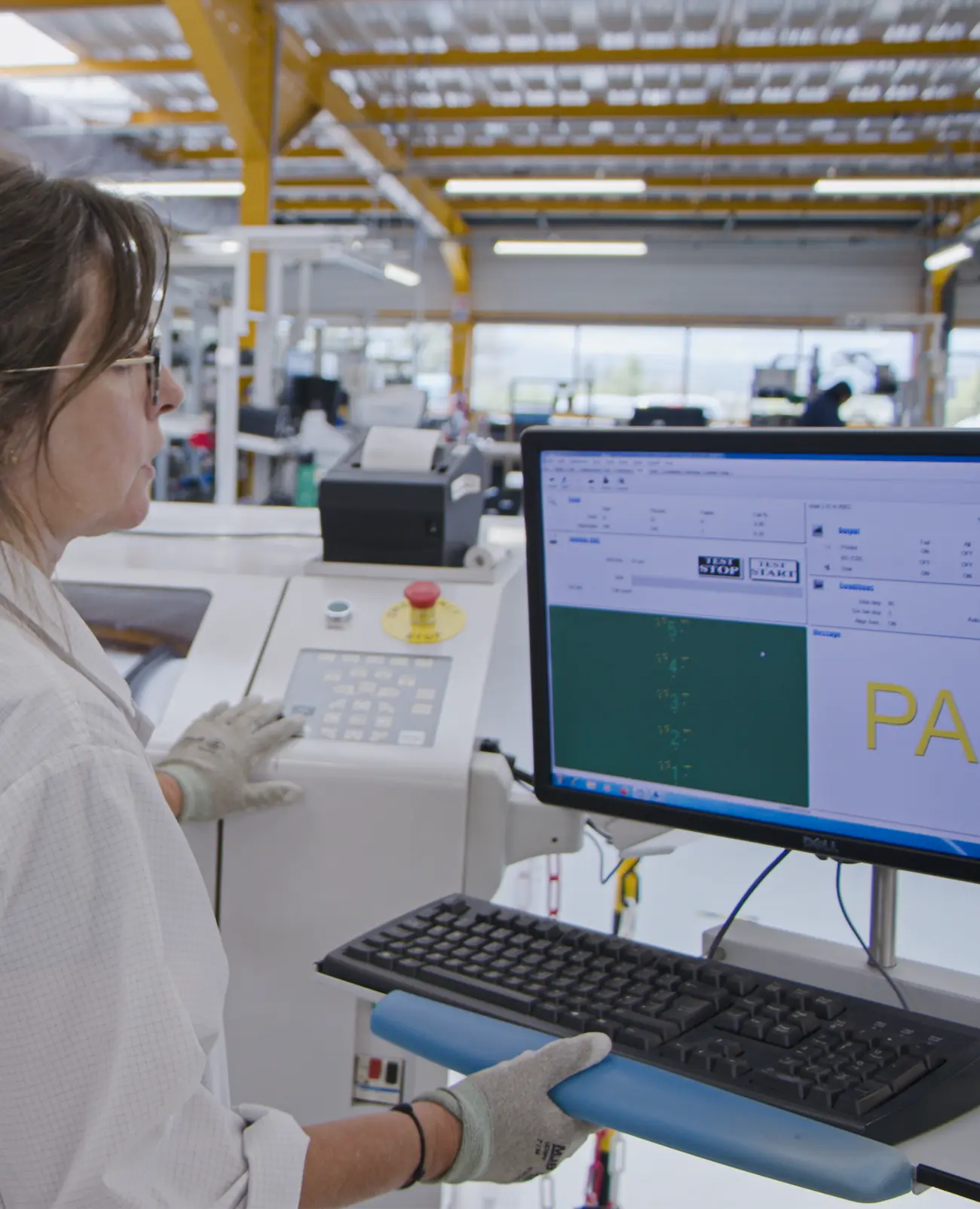Wave soldering
Soft soldering: meeting the demands of electronics
In the electronics industry, soldering is an indispensable method. Its use at temperatures below 450°C protects fragile electronic components from thermal damage. This technique, also known as "soldering", is widely applied.
Specific brazing techniques: Wave and Selective Wave
Wave soldering is the predominant method for assembling electronic components on printed circuit boards. It offers the flexibility of an ROHS or leaded tin bath, depending on project requirements. In parallel, selective wave soldering uses a wave "finger" controlled in X, Y and Z by a conventional soldering head. This method enables automated, precise soldering, supplanting traditional soldering-iron methods.
The advantages of automated point-to-point soldering
Automated point-to-point brazing offers many advantages over traditional manual methods. It ensures superior precision and reproducibility, reducing the risk of human error while optimizing the overall efficiency of the assembly process.
RoHS compliance and Atmosphere Inert with Nitrogen
Compliance with RoHS (Restriction of Hazardous Substances) standards is of paramount importance. Our soldering process is RoHS-compliant, guaranteeing the use of environmentally-friendly, lead-free materials. However, we also retain the lead soldering process for specific cases where this is required.
To enhance brazing quality, we operate in an inert atmosphere. The addition of nitrogen reduces oxygen levels, creating optimal conditions for successful soldering. This method promotes robust, reliable joints.
Category:
Date:
June 20, 2023



